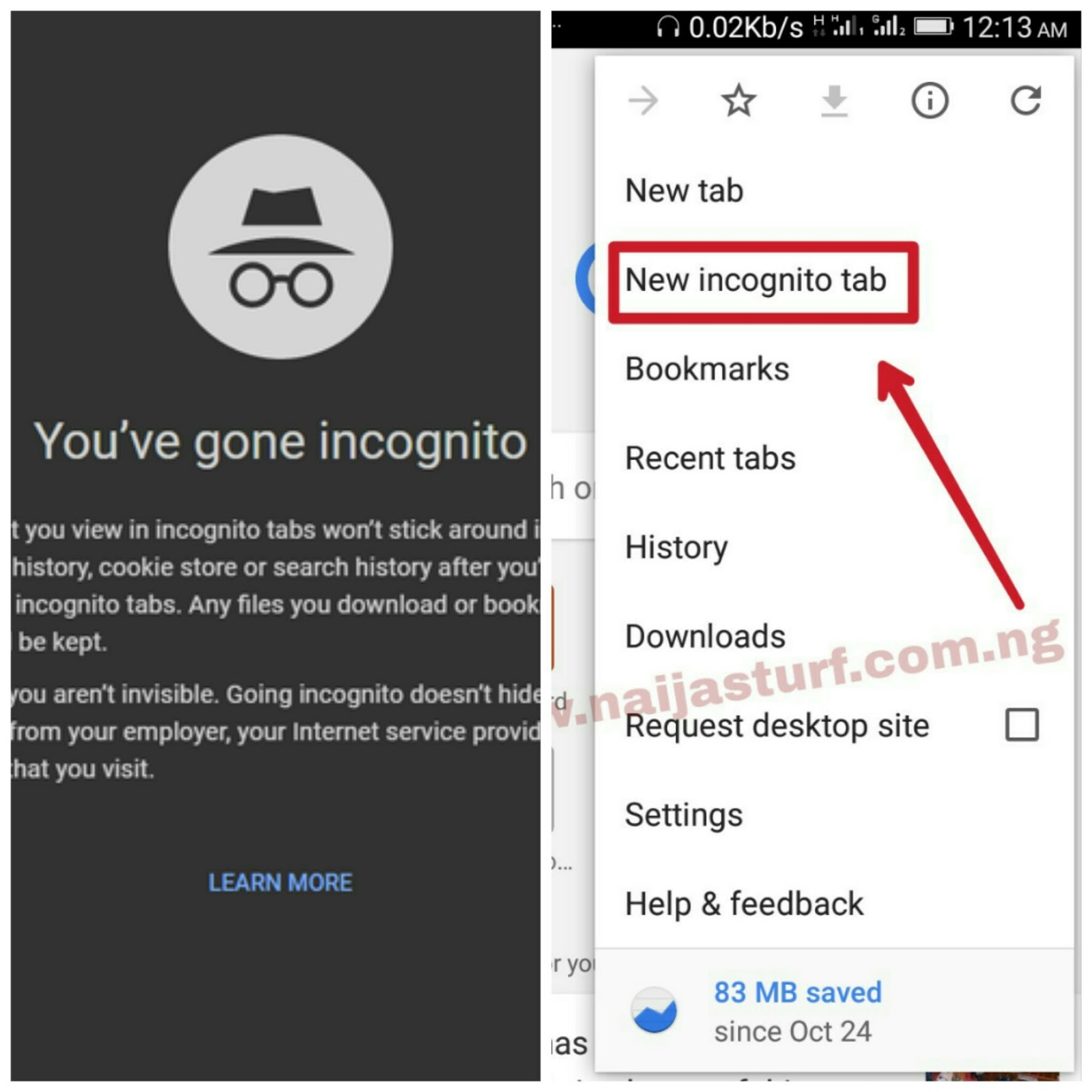


Bookmarks you save in Incognito mode will still be there next time you access it.Finally, if you allow Chrome extensions to operate in Incognito mode, they may not honour the same privacy standards as your browser and could retain some information about your browsing if that’s something they do normally.It won’t put already-open Chrome sessions into Incognito mode.Similarly, if you log into your account on a site such as Facebook or Amazon whilst in Incognito mode, Chrome won’t record the history of what you’ve interacted with or bought there, but the site you’re using will, so posts, purchases and the fact that you connected are likely to be stored somewhere.If you want to keep Google out of your business in incognito mode, don’t log into your account!

It won’t stop a logged-in Google account from saving your searches to its online record of your browser history, which might later show up in your local browser.It won’t stop your traffic from being monitored at ISP or local network level if that’s already happening.It won’t stop websites from geo-locating you based on IP address and showing content tailored to that location.Use a VPN or web proxy if you need to hide that. The numeric IPv4 or alphanumeric IPv6 address that identifies your connection to the wider internet will not be hidden. It won’t delete data that you’ve deliberately saved to your local hard disk during your Incognito browsing session.Google Chrome’s Incognito mode is great if you don’t to save information about your browsing activity to the device you’re browsing on, but it’s not an online invisibility shield. If you share a device, it’s a useful way of keeping your most personal online meanderings to yourself. That could be anything from gift shopping to looking up health conditions, or searching for media that wouldn’t be suitable for other members of the household. This makes it ideal for looking up anything you’d rather not inadvertently share with other users of that device. While Incognito mode doesn’t provide cast-iron privacy, it leaves minimal traces of what you’ve been reading on the device you’re using. Doesn’t save any data you’ve entered into a web form.Discards any cookies that are saved when you close all currently open Incognito mode windows.Blocks third-party cookies by default – this feature is optional and be disabled.Caches (temporarily stores) images and other media assets to RAM rather than to your hard disk.Does not automatically sign you into any of your Google or Chrome user accounts.Does not save visited sites or search strings to your browsing history.Unlike a standard Chrome session, Incognito mode takes the following measures to protect your privacy:


 0 kommentar(er)
0 kommentar(er)
